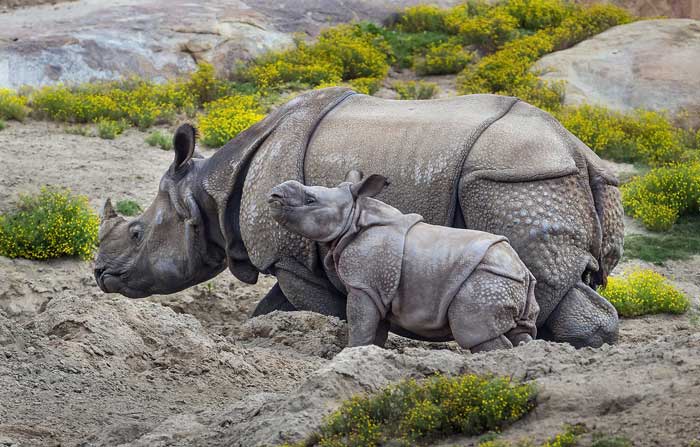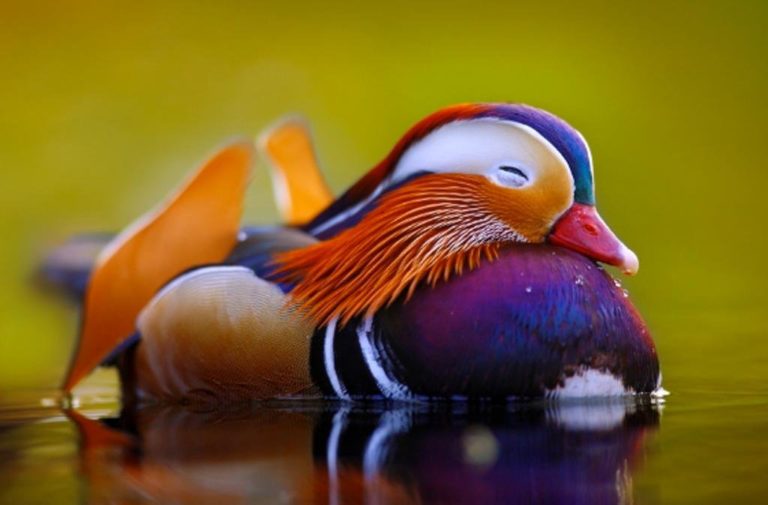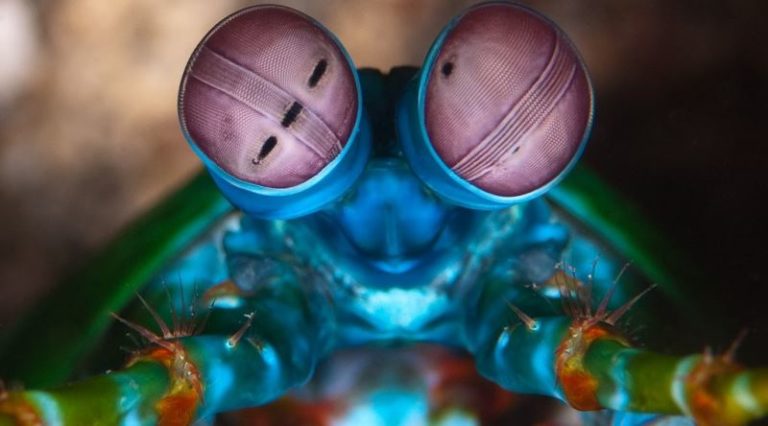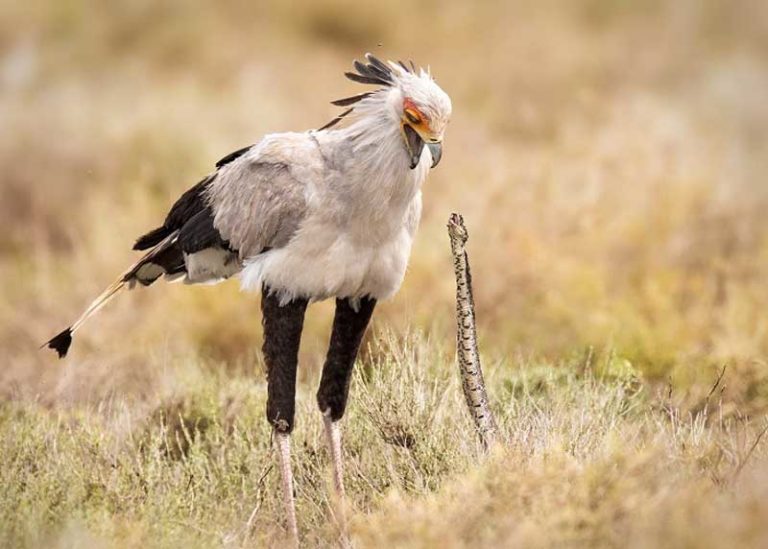Nature’s Armor: Animals with the Toughest Skin
In the wild, survival often depends on one thing — protection. For many animals, that protection comes in the form of thick, durable skin. This natural armor shields them from predators, harsh weather, and other dangers.
You might assume that the bigger the animal, the thicker its skin — and sometimes that’s true. But nature is full of surprises. Let’s look at some of the toughest-skinned creatures on Earth, from the deserts to the deep sea.

Camel
Camels might not be the first animals that come to mind when you think of thick skin, but these desert wanderers are masters of adaptation. Living in environments where days are scorching and nights are freezing, camels have evolved remarkable features to endure such extremes.
Their thick, calloused pads on the chest and knees allow them to rest comfortably on burning sand. Their tough lips let them graze on thorny desert plants, while long eyelashes and heavy eyelids protect their eyes from sandstorms. When the temperature drops at night, their dense fur keeps them warm.
With such durable skin and smart adaptations, camels can cross the desert for months — true ships of the sand.
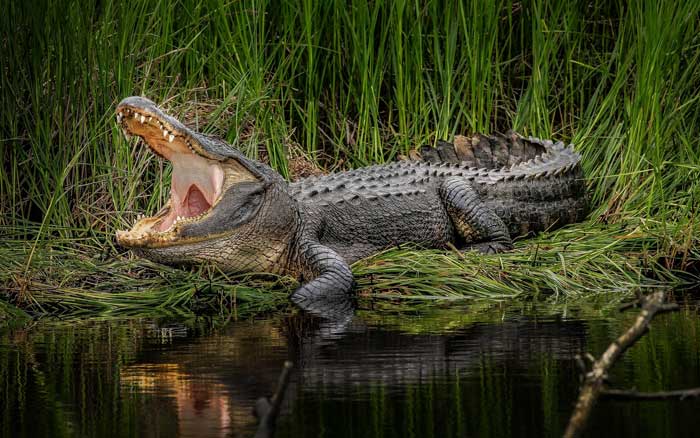
Crocodile
Every hunter knows that crocodiles are nearly invincible reptiles. Their tough, armor-like skin is made of both dermal and epidermal layers, reinforced by bony plates called osteoderms. These structures make their backs so resilient that they can even deflect low-caliber bullets.
The thickest parts of a crocodile’s skin are on its back and head, while the softer belly is its only vulnerable area.
Yet, their skin isn’t just tough — it’s also smart. Tiny pressure receptors hidden in pits around their jaws detect movement in the water, allowing crocodiles to sense prey even in total darkness. This combination of strength and sensitivity makes them formidable predators and nearly impossible to surprise.
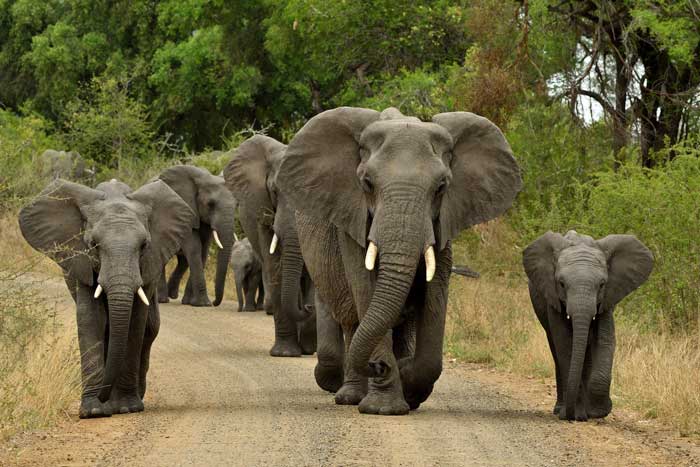
Elephant
The world’s largest land mammal also boasts some of the thickest skin in nature — about 2.5 centimeters (1 inch) thick on most of its body. However, around the ears and mouth, the skin becomes thinner and more sensitive.
Despite its thickness, an elephant’s skin is full of nerve endings. They can feel the smallest insect bite, and that sensitivity helps them care for their skin through mud baths, which protect against sunburn and parasites.
The wrinkles that give elephants their signature look also serve a purpose — they can trap up to 10 times more water than flat skin, helping elephants stay cool in the blazing sun. That’s why African elephants, who live in hotter climates, have even more wrinkles than their Asian relatives.
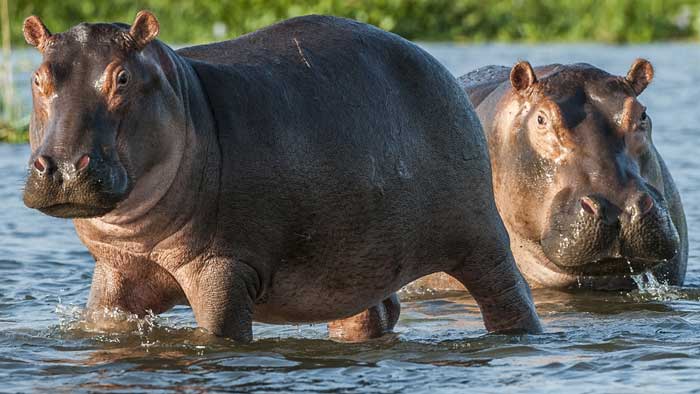
Hippopotamus
If any animal deserves a reputation for having tough skin, it’s the hippopotamus. Their hide can be up to 6 centimeters (over 2 inches) thick, acting as a near-impenetrable shield against predators.
Few creatures dare to attack a hippo — not only because of their skin, but also their massive tusks and territorial aggression. In the wild, even crocodiles and lions think twice before challenging one.
Hippos are the third-largest land mammals, and with their short temper, they’re among the most dangerous animals in Africa. Their skin, strength, and unpredictable behavior make them truly untouchable in their watery domains.
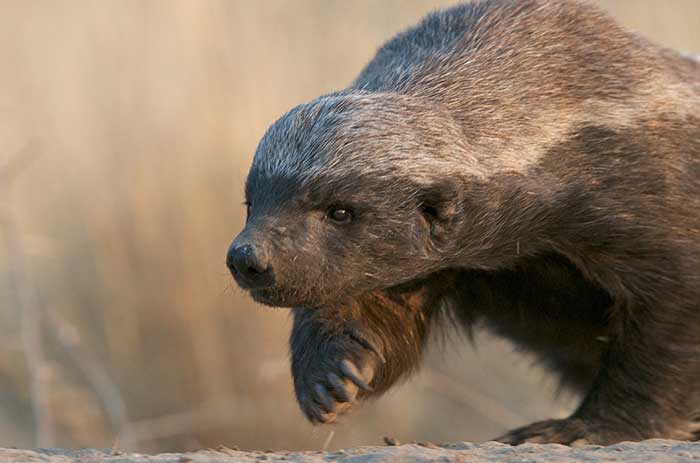
Honey Badger
Small but fearless, the honey badger has skin that’s the stuff of legend. Around 3.5 centimeters (1.4 inches) thick, it’s so tough that arrows, spears, and even machetes struggle to pierce it.
This makes the honey badger one of the world’s most fearless fighters. Lions, hyenas, and leopards often attack them — and fail. Their skin isn’t just thick, but also loose, allowing them to twist and bite back even when grabbed.
Among animals of similar size, honey badgers have some of the thickest hides known, which explains why they fear almost nothing.
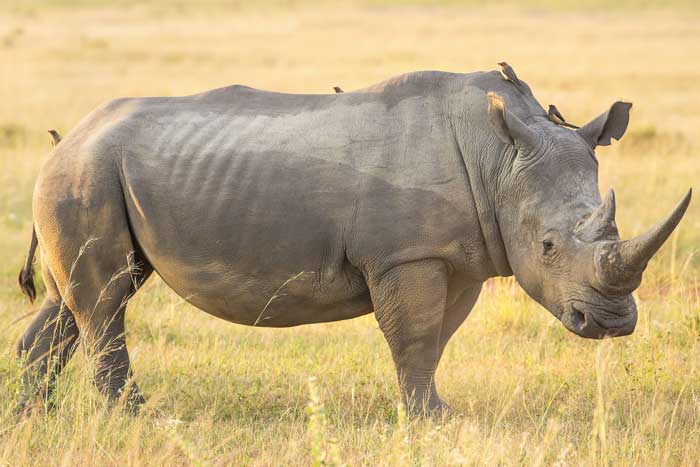
Rhinoceros
The mighty rhinoceros, the second-largest land mammal, wears its protection like natural armor. Its skin, up to 5 centimeters (2 inches) thick, is made of densely woven collagen fibers arranged in a crosshatch pattern, giving it both strength and flexibility.
While not truly bulletproof, this tough hide can stop small-caliber bullets and withstand attacks from most predators. Still, rhino skin is surprisingly sensitive — prone to sunburn and insect bites. That’s why rhinos wallow in mud: when it dries, it forms a protective layer that shields their skin from sun and pests alike.
For these gentle giants, mud isn’t just fun — it’s survival.

Sperm Whale
Life in the deep ocean demands serious protection. The sperm whale has the thickest skin of any animal, reaching up to 35 centimeters (14 inches) on the back and head.
This enormous layer helps defend them from predators and withstand deep-sea pressure. Sperm whales are also the largest toothed whales on Earth, found in oceans around the world — including the Mediterranean.
Today, their global population is estimated at about 300,000 individuals, making them one of the ocean’s most awe-inspiring survivors.

Whale Shark
The whale shark, the world’s largest fish, is a gentle giant — but one protected by some of the toughest skin in the sea. Their rubbery hide, up to 10 centimeters (4 inches) thick, shields them from predators like great white sharks, tiger sharks, and even orcas.
Their skin is covered with tiny, tooth-like scales called dermal denticles, which act like armor plating. These denticles make the skin so durable that most attackers can’t even bite through.
Interestingly, the whale shark’s only soft, vulnerable area is its belly. That’s why divers often notice the shark turning its underside away — a quiet, cautious defense mechanism in an otherwise peaceful creature.
Built to Endure
From the deserts of Africa to the depths of the ocean, animals have evolved incredible ways to defend themselves. Whether it’s the crocodile’s armor, the rhino’s hide, or the honey badger’s legendary toughness, each species tells a story of adaptation, resilience, and survival.
In nature’s endless arms race, thick skin is more than protection — it’s a passport to life itself.

